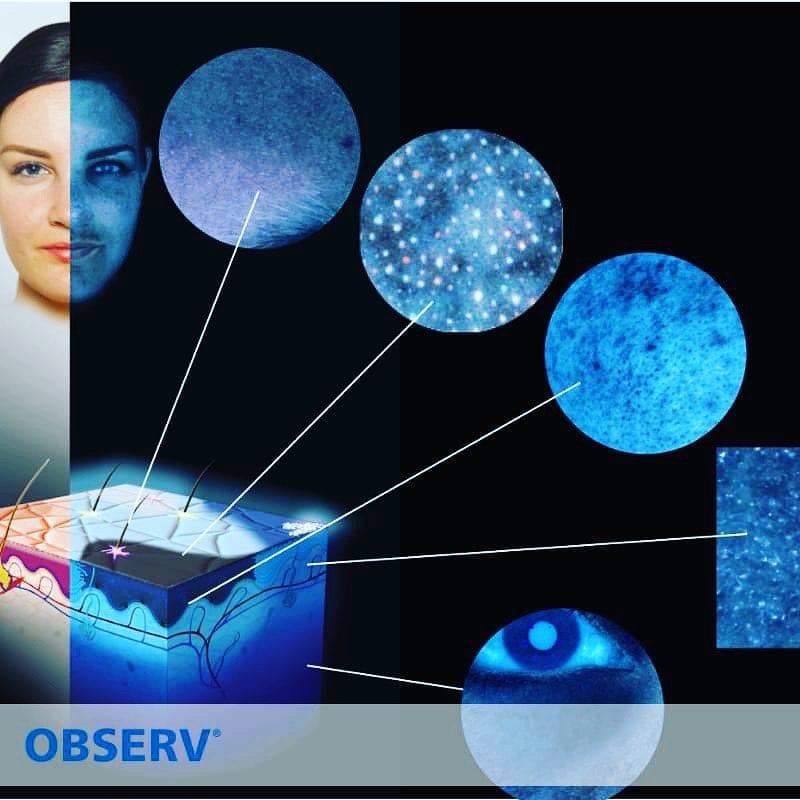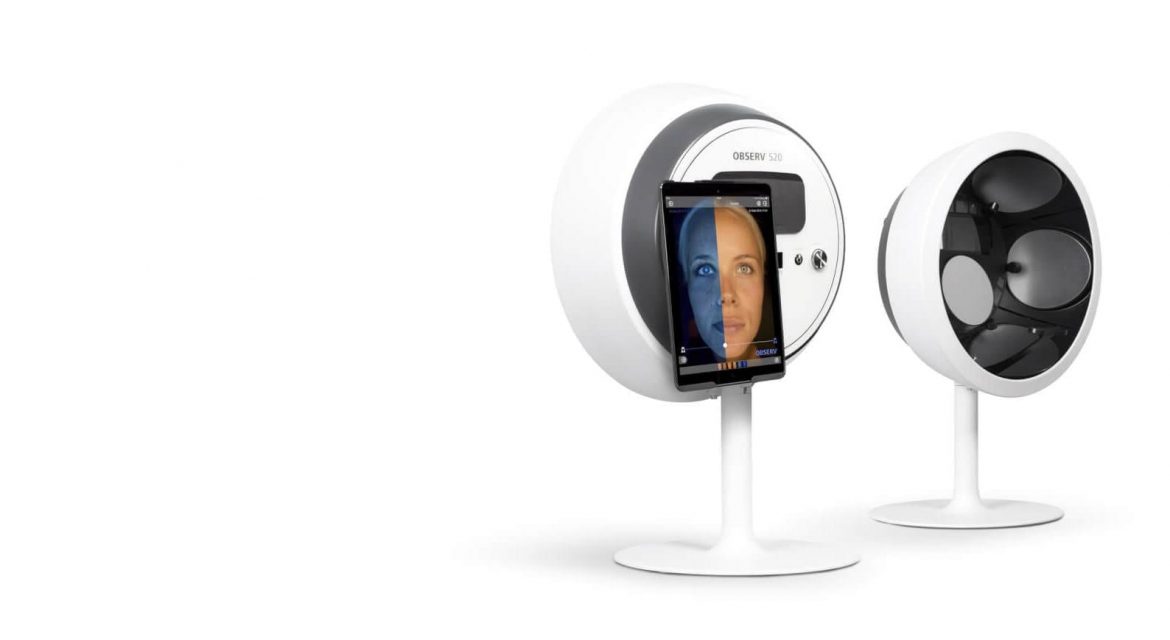At a certain point in life, following years of self-taught skin therapy and trying out a range of off-the-shelf products endorsed by Instagrammers and celebrities, there will be a time when you simply need to fix your skin once and for all. Naturally, understanding it is the first step in carrying out this objective.
A skin scanner is the easiest and most accurate way to assess damage and analyse your skin. By using UV light that reflects the conditions of the deeper layers of the dermis, you are able to preventatively treat your skin damage before it even shows! It can pick up your skin’s hydration levels, underlying pigmentation, photo-damage, inflammation, texture and fine lines that you otherwise would not be able to see with the naked eye.
Since Robert William Wood created the Wood’s Lamp in 1903, fluorescent skin diagnosis has been used in dermatology for almost 90 years. It is only in recent years that companies have ramped up the technology to increase clarity and accuracy of the readings.
Walte Arkesteihn, the inventor and CEO of Observ says, “though the principles of skin fluorescence have been widely accepted in the professional skin care community for decades, I knew that the conventional Wood’s lamp technology would never release the full potential of fluorescence based skin diagnosis,” explains Walter Arkesteijn, inventor of the Observ. “Therefore, I have made it a personal commitment to change this. With a devoted team of engineers, over a time period of over 8 years we not only succeeded in developing a technology which brings out hidden skin conditions with a distinction and contrast as never seen before but also made sure that the technology can be used in conjunction with the mobile computer technology being used today by skin care practitioners.”
Equipped with low intensity UV light sources, the rays are absorbed by the cells in the dermis and reflect visible light. By reading the different fluorescent illumination patterns from skin cells and tissue, we are able to see very detailed imagery of skin impairments underneath.
Our skin, in simplified terms, is made up of the transparent epidermis and the dermis, which is translucent and cloudy. When we look at someone’s skin, we are actually seeing a culmination of reflected light rays after it has entered, scattered and been absorbed into a variety of skin cells. This is how we can determine if the skin is rough, dry, lipid-dry, textured, and wrinkly.
When we see gorgeous youthful skin that is hydrated and plump, the moisture in the skin is what reflects light to show as a smooth surface. Maximising your skin’s ability to reflect light is what you are ultimately trying to achieve when going for a ‘glowy’ or ‘radiant’ complexion.


There are five different scan modes that analyse different types of damage:
Daylight What you see is what you get. Daylight mode is simply a bright neutral illumination without shadows to observe the skin with a bare eye.
Cross Polarised
Surface reflections are suppressed and you are able to see an unobstructed view of what is happening at the junction between the epidermis and dermis. Vascular conditions, inflammations and pigmentations can be seen at this level.
Parallel Polarised
The surface reflection is enhanced to reveal the skin’s texture in detail such as fine lines, wrinkles and pore structures.
True UV
Cells and tissues have the ability to turn invisible UV rays to visible light and in turn, glows like a human lamp to communicate impairments in the deep layers of the skin. Unique fluorescent patterns stand out against healthy skin cells and you will be able to treat the damaged tissue before the problem becomes visible by daylight.
Woods Lamp
Named after Robert William Wood, the Wood Lamp shows the distribution of oils via lipids, sebum and skin secretions. A pinky orange haze shows this in the blue light.
Complexion Analysis
Ageing and accumulation of sun-damage causes the integrity of the skin’s tone and evenness to disintegrate while pigmentation progressively develops over the face. The complexion analysis highlights the skin’s apparent age and allows treatments or skincare to be prescribed accordingly.
Following an analysis with a skin scanner, your therapist will be able to provide a prescription of treatments and cosmeceutical skincare to target your exact needs whether it be pigmentation, dehydration, acne, inflammation or uneven texture. Having a results-driven and holistic approach to skin health with time investment is the key to a successful transformation.
Find more information at https://observ.nz/Observ/meet-observ/
Words: Sophie Chung Images: Observ

